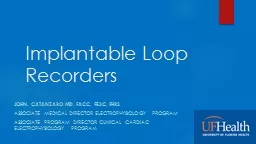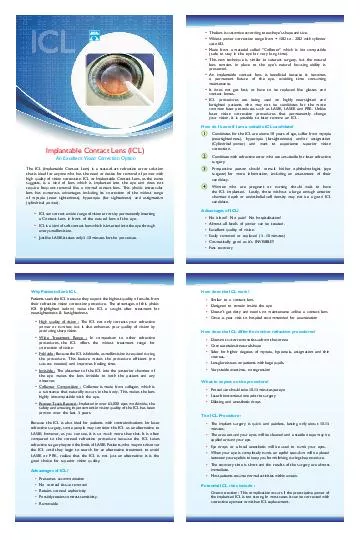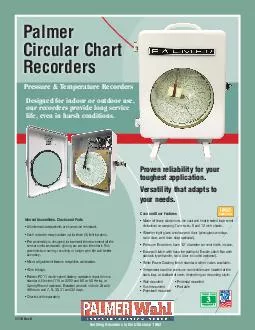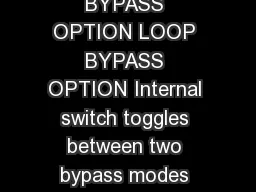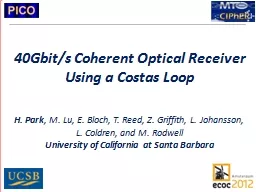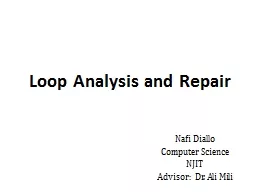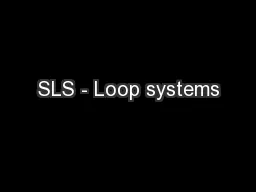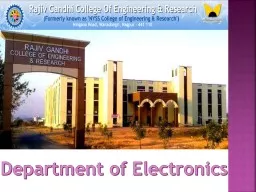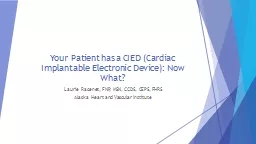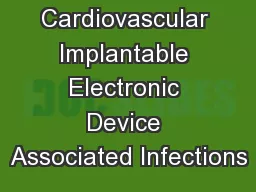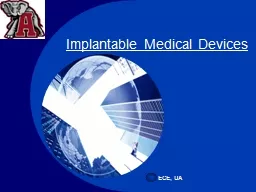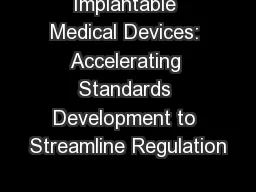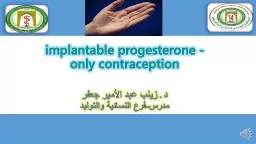PPT-Implantable Loop Recorders
Author : kittie-lecroy | Published Date : 2018-11-03
JohN Catanzaro MD FACC FESC FHRS Associate Medical Director Electrophysiology Program Associate Program Director Clinical Cardiac Electrophysiology Program Disclosures
Presentation Embed Code
Download Presentation
Download Presentation The PPT/PDF document "Implantable Loop Recorders" is the property of its rightful owner. Permission is granted to download and print the materials on this website for personal, non-commercial use only, and to display it on your personal computer provided you do not modify the materials and that you retain all copyright notices contained in the materials. By downloading content from our website, you accept the terms of this agreement.
Implantable Loop Recorders: Transcript
Download Rules Of Document
"Implantable Loop Recorders"The content belongs to its owner. You may download and print it for personal use, without modification, and keep all copyright notices. By downloading, you agree to these terms.
Related Documents

